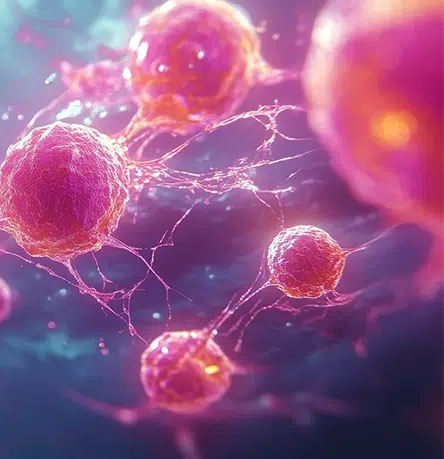
In the US, a rare disease is one with 200,000 or fewer patients. Rare diseases exist in every therapeutic area and are often the more complex indications of each therapeutic area. While this is a small number of people in each rare disease patient community, the significant and continued growth of rare disease drug development is unsurprising given that there are over 10,000 rare diseases, with more being discovered every year.
Most rare disease patient communities have one or more patient advocacy organizations (PAOs) whose missions include raising awareness, providing advocacy and support for these patients and their families, and working towards meaningful treatments for their community. These are most often grassroots initiatives formed by patients’ families and loved ones, operating as non-profit organizations. Although no two rare disease patient communities are identical, there are common themes to the evolutionary arc of PAO maturation.
Global Genes is a rare disease umbrella organization dedicated to eliminating the burdens and challenges of rare diseases for patients and families globally. I was honored to be invited to present a Master Class on Gene Replacement and Gene Editing at the 2023 Global Genes Advocacy Summit, an annual event attended by hundreds of rare disease patients, rare disease advocates, and rare disease drug developers. There were many impactful insights shared from the several sessions and amazing conversations at the #WeekInRare, but the top themes I took away are:
1. Savvy patients make for great partners
Even when a rare disease is in the earlier stages of being understood, patients and their advocates draw on lessons from other rare communities to focus on strategic approaches to meet their goals effectively and efficiently. While no rare disease PAO has ever lacked motivation, the input and guidance from organizations such as Global Genes and the Chan Zuckerberg Initiative are helping PAOs build on proven best practices rather than reinventing the wheel each time. These insights were shared through several sessions, in presentation tracks specifically dedicated to “Community and Capacity Building” and “Becoming a Research Ready Organization.” It’s very encouraging to think of how these empowered stakeholders can continue to shift the landscape when partnered with drug development sponsors.
2. Seeking relief at the genetic cause of disease
Engaged discussion with the audience followed my joint presentation on this topic with Matthew Fuller, PhD, PMP, Executive Director of Gene Therapy Research at Ultragenyx. Interest in understanding gene replacement and gene editing technologies continues to grow, encouraged in part by the growing list of approved gene therapy treatments and continued innovation in this space. Roughly 80% of rare diseases are due to a known genetic driver. Our original gene replacement methods proved effective under certain circumstances, and innovative gene editing is bringing promise to many communities who would not have benefited from gene replacement.
3. Successful drug developers partner with patient communities early
The conference was sponsored by several rare disease drug developers, with dozens more in attendance. In addition to passing along lessons learned among rare disease patient advocacy organizations, there was a productive focus on building understanding amongst the stakeholder groups and building intentional relationships at the earliest stages. This focus was evident from sessions such as “Pre-Clinical Research: Why and When to Invest,” “It’s All of Us Against the Disease: The Future of Research Collaborations and Disease Community Consortiums,” and “How Companies Decide Which Therapies to Pursue.”
The conference was sponsored by several rare disease drug developers, with dozens more in attendance. In addition to passing along lessons learned among rare disease patient advocacy organizations, there was a productive focus on building understanding amongst the stakeholder groups and building intentional relationships at the earliest stages. This focus was evident from sessions such as “Pre-Clinical Research: Why and When to Invest,” “It’s All of Us Against the Disease: The Future of Research Collaborations and Disease Community Consortiums,” and “How Companies Decide Which Therapies to Pursue.”
Over the years, I have attended several Global Genes Summits. It has been amazing to watch the growth of many PAOs, from just one or two individuals into robust research and patient-focused organizations, and it’s gratifying to see the advancements that can be made when sponsors truly partner with advocacy groups and work together towards a common mission.
The Therapeutic Strategy Leads for Rare Disease at Worldwide Clinical Trials have been working alongside and championing these organizations for many years. We are grateful to the patients who have collaborated on our programs and supported the development of therapies for their communities. Earlier this year, Worldwide launched Rare Matters to formalize our commitment to partner with like-minded non-profit organizations in their pursuit of driving new cures and innovations for rare disease patients. Through this initiative, we lend our expertise to support groundbreaking rare disease-focused companies in diverse and meaningful ways as we continue to drive forward treatments.
You can learn more about Rare Matters, how we partner with advocacy groups, and how to build partnerships that work for your program by contacting us.


